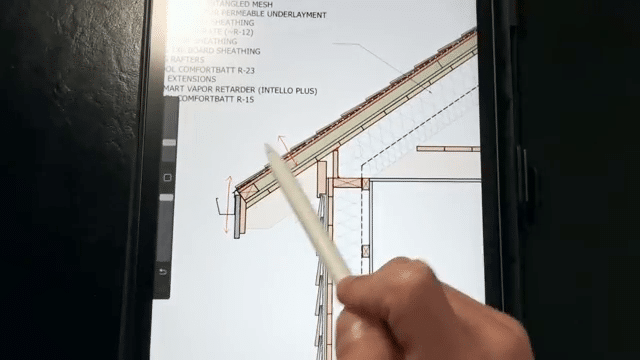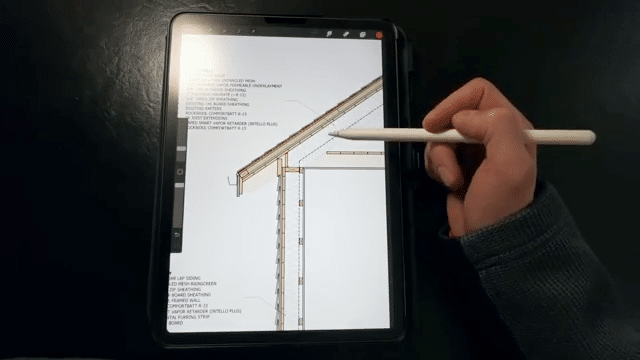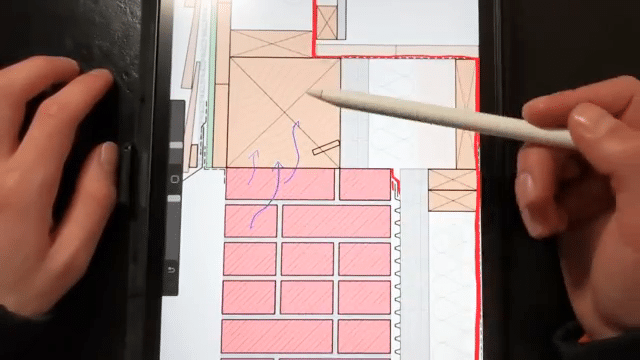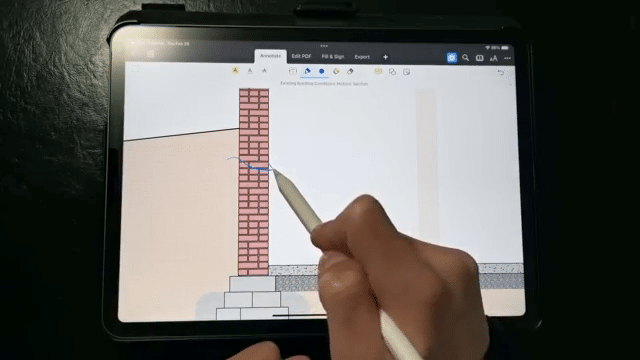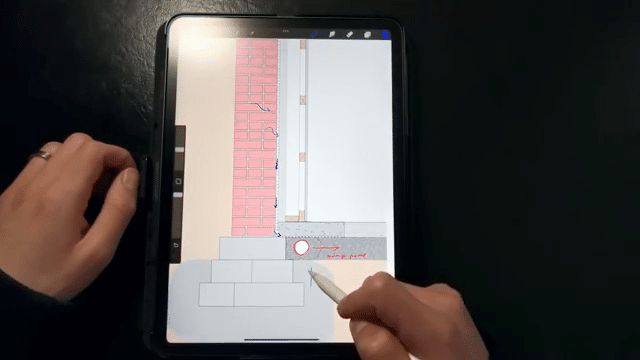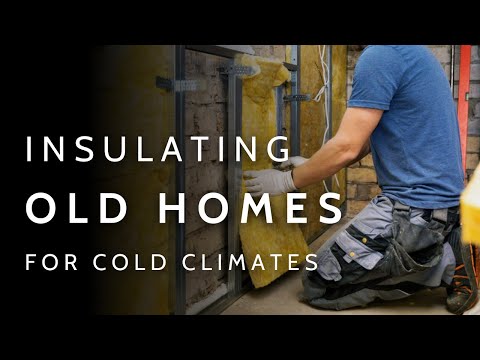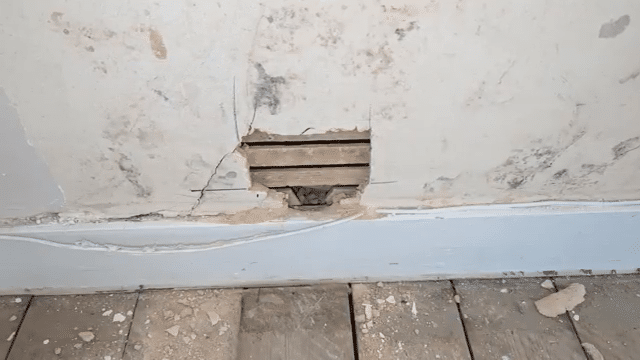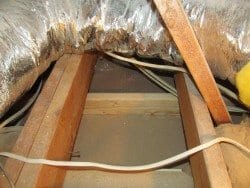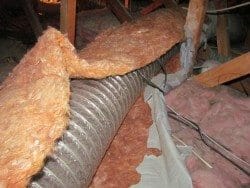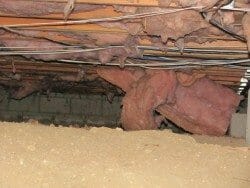Retrofitting Insulation in Historic Homes: Challenges and Strategies for Moisture Management and Energy Efficiency
Home » Interior » Insulation »
Understanding the Challenges of Insulating Old Homes
Many homeowners are retrofitting their older properties with insulation to enhance energy efficiency and comfort. However, insulating such structures, especially those built pre-1900, presents unique challenges, primarily due to their original construction methods. These homes typically feature timber framing on masonry bases without a capillary break, and their walls and roofs are often constructed with materials like board sheathing, which was common before the widespread use of plywood or OSB.
The original uninsulated design of these homes allowed for continuous heat flow through the assembly, unintentionally aiding in moisture management by keeping building materials relatively dry. Additionally, older homes often utilized old-growth lumber, which is denser, can hold more moisture without deteriorating, and is more resistant to mold and rot compared to newer wood materials.
However, the introduction of insulation into these assemblies can disrupt the existing moisture dynamics. By slowing the movement of heat, insulation can reduce the building’s ability to dry out naturally, potentially leading to moisture accumulation, mold growth, or even structural decay if not properly managed.
Addressing Moisture and Insulation in the Foundation and Basement
The foundation and basement are critical areas in old home renovations, particularly regarding water management. These lower sections are prone to absorbing moisture from the soil, especially in homes with masonry basement walls and no capillary breaks. A common modern intervention is the installation of a dimple mat against the interior side of the masonry walls. This mat creates a physical barrier that interrupts capillary action, thus preventing moisture from wicking up into the walls.
Furthermore, addressing exterior drainage is crucial in managing moisture. Effective strategies include grading the landscape to direct water away from the home, installing French drains, and sometimes applying a horizontal insulation barrier around the foundation’s perimeter to mitigate the effects of frost heave.
For interior water management, a perimeter drain installed at the footing level, leading to a sump pump system, can effectively manage water ingress. This system is essential in preventing basement flooding, especially during heavy rainfall or in areas with high water tables.
Wall Insulation Strategies to Prevent Moisture Damage
When it comes to wall insulation, the key is to manage both the ingress of moisture and its evacuation. In older homes, retrofitting walls with insulation without addressing potential moisture can trap dampness within the wall assembly. This trapped moisture can degrade building materials over time, especially if the moisture source, like a leak or seepage, isn’t addressed concurrently.
An effective approach involves removing existing cladding to install a robust weather-resistive barrier, which acts as both a water and air barrier. This step is crucial for sealing the building envelope from external elements. Adding a ventilated rain screen behind the new siding can further help by allowing any moisture that does penetrate to drain away and evaporate.
For insulation, materials such as mineral wool or dense-packed cellulose are preferred over options like spray foam, as they allow for moisture permeability, reducing the risk of condensation within the wall assembly. These insulation materials, combined with smart vapor retarders, can adapt to varying humidity levels, allowing for drying while blocking moisture drive from inside the home.
Roof and Attic Considerations
In the attic and roof of an old home, maintaining the original ventilation and temperature dynamics is crucial, particularly if the attic was initially designed as a conditioned space. When modifying these areas, it’s important to ensure adequate insulation and moisture control without compromising the historical integrity or causing unintended moisture issues.
One method is to install a combination of rigid insulation above the rafters and a vapor-permeable underlayment beneath the roofing material. This setup can prevent thermal bridging and reduce the risk of condensation, which is particularly important in cold climates where exterior air temperatures can dramatically differ from those inside the attic.
If adding exterior insulation is not viable due to aesthetic or structural reasons, using a smart vapor retarder inside the attic can be an alternative. This approach helps manage moisture diffusion from the living spaces below while allowing any accumulated moisture in the attic to escape inward, thus maintaining the roof’s durability.
Integrated Moisture Management and Insulation Solutions
Successfully retrofitting an old home with insulation requires a holistic approach to moisture management and thermal control. From the foundation to the roof, every element of the building envelope needs to be considered for its impact on overall moisture dynamics and energy efficiency. Utilizing modern materials like dimple mats, smart vapor retarders, and mineral wool insulation, along with traditional techniques like rain screens and proper drainage, can preserve the structural integrity and historical value of old homes while improving their comfort and sustainability.
Ultimately, each home will present unique challenges that may require customized solutions. Homeowners and renovators should consider consulting with building science experts or structural engineers who specialize in historic renovations to ensure that any updates effectively address both insulation and moisture management without compromising the building’s architectural integrity. By doing so, these venerable structures can continue to provide safe, comfortable habitation for years to come.
